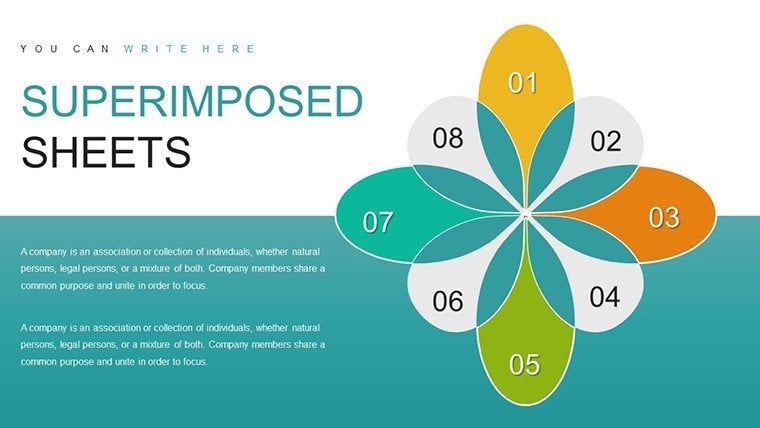
Boundaries are purely political in origin and function while frontiers are transitional between geographical regions, rather than between the states. A boundary is a separating factor whereas a frontier provides scope for mutual interaction and exchange.ĥ. A frontier is a phenomenon of history and, like history, it is unique.Ĥ. A boundary is well-defined and regulated by law. It has no life of its own, not even a material existence a frontier is a ‘fact of life’ and exists physically on ground as a dynamic entity.ģ.

A boundary is created and maintained by the will of the government. It is a manifestation of integration, and is a centripetal force a frontier is oriented outwards and is a manifestation of the spontaneous tendency to grow, of ecumene, and is a centrifugal force.Ģ. Some frontiers have occurred where two nations advance from different directions, leading to boundary disputes. It is a physical and moral concept which implied looking outwards and moving outwards. The function of the intervening area was to prevent direct contact between the neighboring states and it was referred to as a frontier.Ī frontier, can, thus, be defined as a politico-geographical area, lying beyond defined borders of a political unit into which expansion could take place (for instance, European penetration into the Zulu-Natal area and, in modern times, Antarctica). In the past, during the political evolutions of a state, states were separated by areas, not lines.

It implies the physical limit of sovereignty and jurisdiction of a state it is a manifestation of integration and is oriented inwards. Implications for the conditions that produce attentional tunneling are discussed.In this article You will read about Boundaries and Frontiers, the difference between boundaries and frontiers, and the Laws of International Boundaries and Frontiers – for Geography Optional UPSC. New experiments show that the shift cost is eliminated when the cue occupies a known, fixed location on the HUD. This "shift cost" was taken as evidence that the HUD captures attention, which then has to be shifted to the "out-the-world" scene before the target can be identified. Previous work (McCann, Foyle, & Johnston, 1993) has shown that when subjects process a cueing stimulus and then identify a geometric target, performance is slower when the cue appears on the HUD and the target appears on the runway surface, compared to a control condition where the cue and target are both on the runway surface. Attentional capture by superimposed symbology: boundary conditions We report new results from an ongoing set of experiments in which subjects view a computer-generated display consisting of a set of stationary symbols (e.g., a "HUD") superimposed on a dynamic view of a runway as it appears to the pilot during final approach.


 0 kommentar(er)
0 kommentar(er)
